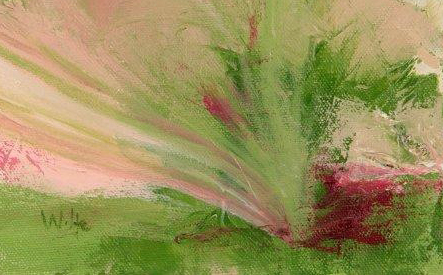
With the digital age in full swing and gifs becoming the preferred method of communication, one might be tempted to claim that two-dimensional, static art is dead. In fact, ten years ago, a major city’s art institute (museum and school) held public lectures bemoaning the impending demise of visual arts as we have defined them for thousands of years. They looked into the future and fretted over the loss of public interest in and appreciation of paintings, drawings, etchings, etc. Their conclusion was computers made traditional methods obsolete and archaic.
With the passing of time, I think their claim of doom was right and wrong. Yes, there is a dramatic shift from the static to the dynamic when personal communication is the purpose. Nevertheless, from my personal experience, art classes and workshops are as busy as ever. Moreover, I just read an article where a medical school is incorporating art classes in their training of doctors. What? Yep. (Harvard School of Medicine Joins Growing Trend of Arts Education) Why? “(T)o improve (the medical students) skills at observation and empathy.” On the flip side, rehabilitation hospitals are expanding or adding art therapy to aid patients to “further promote successful rehabilitation.” (http://mageerehab.org/about-us/care-team/art-therapy/)
In the preliterate eras, art was the means by which information was shared within the community. Interestingly, not only did icons, motifs, paintings, and drawings serve functional purposes but some were for aesthetic reasons only. Until the culture developed writing or other forms of record-keeping, preliterate art was the only method of nonverbal communication. “(T)here is evidence of artistic activity dating as far back as 500,000 years ago.” ( Shell Art Made Before Humans Evolved)
When I picked up a paintbrush for the first time, I thought it was only for the hobby. There was no way for me to anticipate the life-affirming experiences in store. Living with a chronic illness is a complex existence. Words cannot convey the myriad of my emotions that are an intimate part each day. We’ve heard the adage, a painting tells a thousand words – well, it’s true. When I paint, I am telling a story, an emotion. You, as the viewer, hear the story or emotion, but it is your story, your emotion.
Recently, someone posted the following observation regarding my painting, Requiem: The artistic imagery is so perfect that it “caused a physical reaction in me – my heart to ache. They are the truth, for me, and I feel that I know them personally. Rose has reached into my soul and exposed me. I am amazed, and horrified, that Requiem and I have intimate knowledge of this truth.”
Thus, I claim that art is not dead; it is more alive than ever. Art is seeping into new areas, finding its way into the heart of individuals. Never before has it been more obvious that art has a voice. In fact, often the visual arts — with its silent but powerful language — have the capacity to transfer thoughts, feelings, emotions without a word being uttered. This communication from one person to another continues long after the artist is gone. The silent voice will never be stilled; it forever speaks to the viewer whether it be in a museum, on a wall, or on a refrigerator.



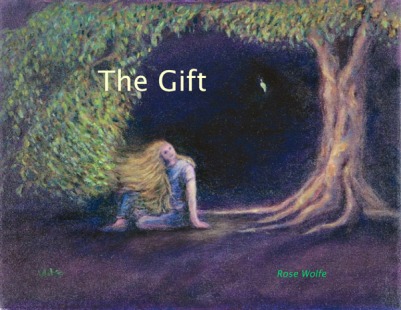



 th myotonic dystrophy. I do not sit all day watching television. I write, read, and paint. In addition, I visit people and invite people into my home. I attend church, a writer’s group, and a painting class. What do I see? Hope and love. Why? Because my belief is based on a faith in God.
th myotonic dystrophy. I do not sit all day watching television. I write, read, and paint. In addition, I visit people and invite people into my home. I attend church, a writer’s group, and a painting class. What do I see? Hope and love. Why? Because my belief is based on a faith in God.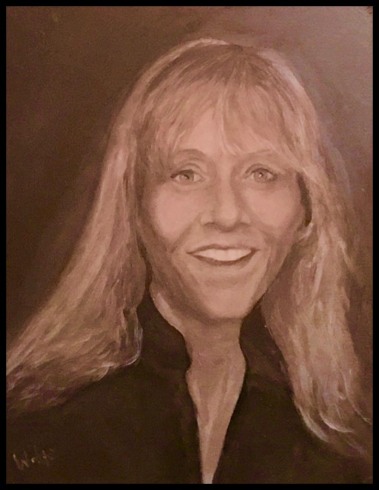

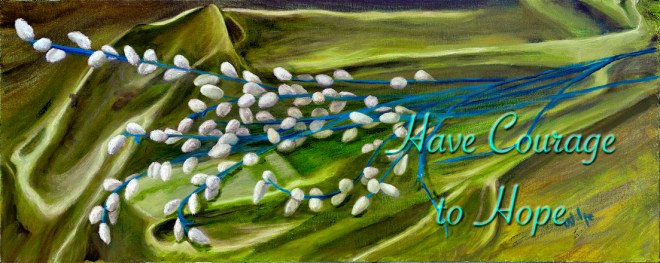
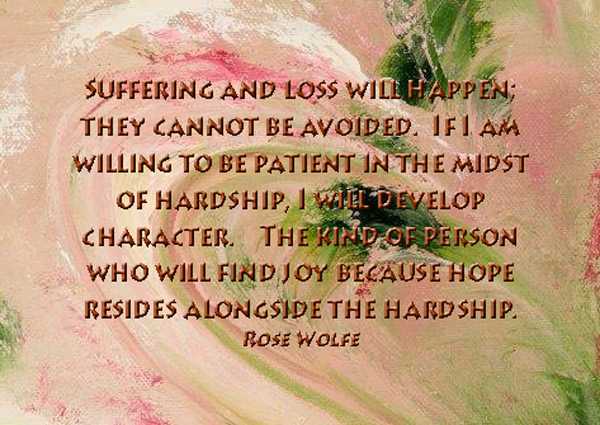




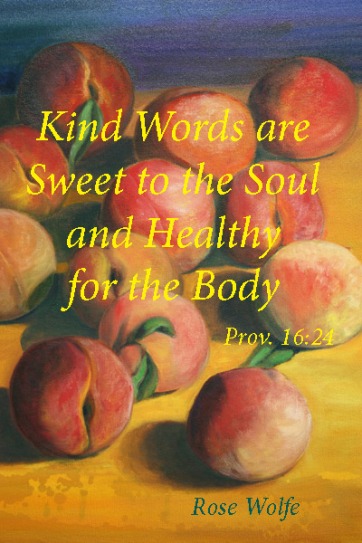

 In addition to MDA’s dedication to funding research and providing multidisciplinary clinical care, we are also passionate and committed advocates for the families we serve. Together, we advocate for increased federal funding for biomedical research; for access to clinical care, support services and equipment; and for policies and programs that help ensure access to the resources and services necessary to maximize independence and pursue a life without limits—which includes accessible air travel. The ability to access air travel impacts many aspects of life—from the kind of job you can have, to where you can live, to whether you can access a provider or participate in a clinical trial that is far away from home.
In addition to MDA’s dedication to funding research and providing multidisciplinary clinical care, we are also passionate and committed advocates for the families we serve. Together, we advocate for increased federal funding for biomedical research; for access to clinical care, support services and equipment; and for policies and programs that help ensure access to the resources and services necessary to maximize independence and pursue a life without limits—which includes accessible air travel. The ability to access air travel impacts many aspects of life—from the kind of job you can have, to where you can live, to whether you can access a provider or participate in a clinical trial that is far away from home.




 Is it even possible to feel hopeful?
Is it even possible to feel hopeful?





